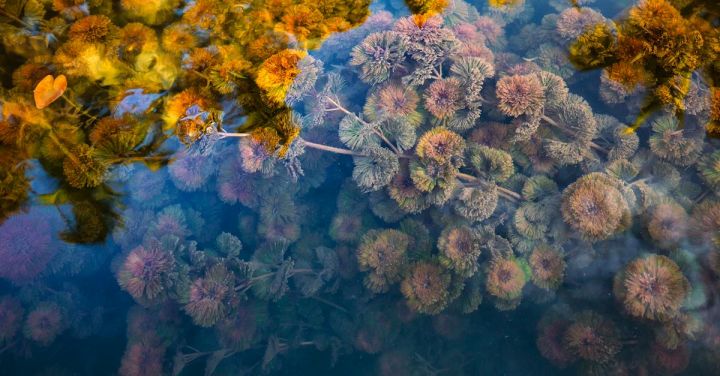Why Focus on Invasive Versus Native Species?

In today’s world, the conservation of biodiversity has become a paramount concern. One of the key issues that conservationists and ecologists grapple with is the distinction between invasive species and native species. While both play a role in shaping ecosystems, understanding the differences between the two is crucial for effective management and conservation efforts. In this article, we will delve into the reasons why it is important to focus on invasive versus native species.
Preserving Ecosystem Balance
Ecosystems are delicate, intricate systems where every component plays a significant role. Native species have evolved over time and have developed intricate relationships with their environment and other species. These relationships are crucial for maintaining a balance within the ecosystem. Invasive species, on the other hand, are introduced to an ecosystem where they do not naturally occur. Their presence can disrupt the delicate balance by outcompeting native species for resources, preying on native species, or altering the physical environment. By focusing on invasive versus native species, we can identify and mitigate the threats posed by invasive species, thus preserving the balance of ecosystems.
Protecting Biodiversity
Biodiversity, the variety of life on Earth, is essential for the health and resilience of our planet. Native species contribute to the overall biodiversity of an ecosystem, and their loss can have far-reaching consequences. Invasive species, by their very nature, threaten biodiversity. They often have competitive advantages over native species, leading to the displacement or extinction of the latter. By focusing on invasive versus native species, conservation efforts can be directed towards protecting and restoring the biodiversity that is vital for the health of our planet.
Preventing Economic and Environmental Impacts
Invasive species can have significant economic and environmental impacts. They can cause damage to crops, forests, and infrastructure, leading to substantial economic losses. For example, the emerald ash borer, an invasive beetle, has decimated ash trees across North America, resulting in billions of dollars in economic damage. Invasive species can also alter entire ecosystems, leading to cascading effects on other species and disrupting ecosystem services. By focusing on invasive versus native species, we can identify and implement strategies to prevent or mitigate these impacts, saving both economic resources and environmental integrity.
Informing Conservation Strategies
Understanding the differences between invasive and native species is essential for developing effective conservation strategies. Conservation efforts can be tailored to address the specific threats posed by invasive species, such as targeted eradication or control measures. Additionally, focusing on native species can help guide efforts to protect and restore habitats that are crucial for their survival. By considering the dynamics between invasive and native species, conservationists can make informed decisions to maximize the effectiveness of their efforts.
In Conclusion
The distinction between invasive and native species is critical for conservation and ecosystem management. By focusing on invasive versus native species, we can preserve ecosystem balance, protect biodiversity, prevent economic and environmental impacts, and inform conservation strategies. It is through these efforts that we can ensure the long-term health and sustainability of our planet’s ecosystems.
